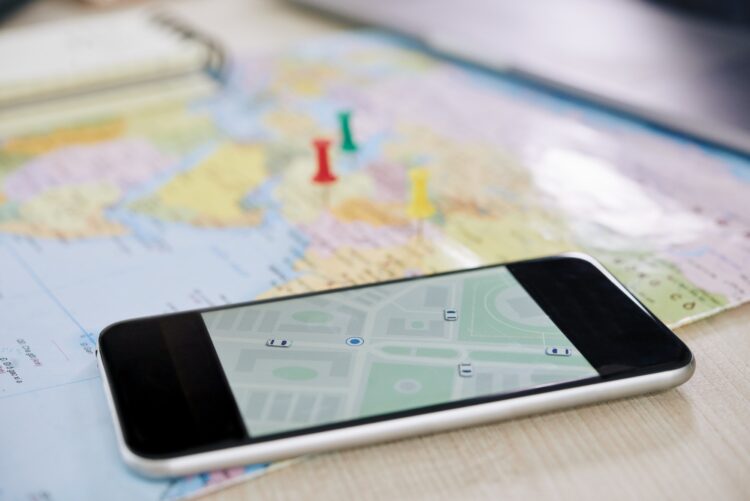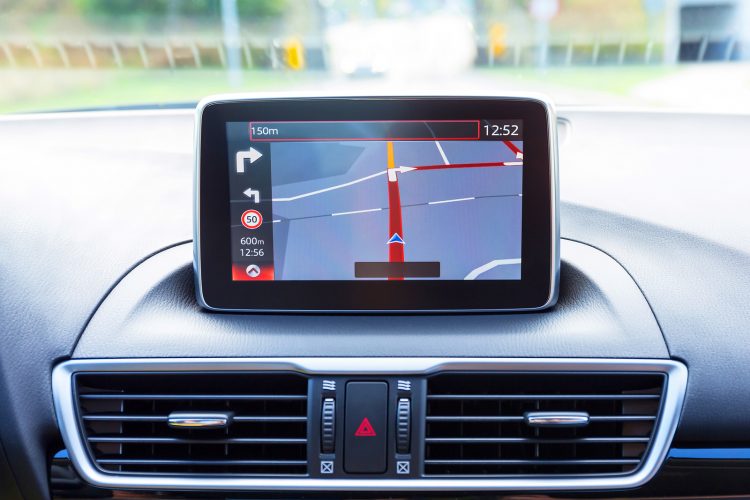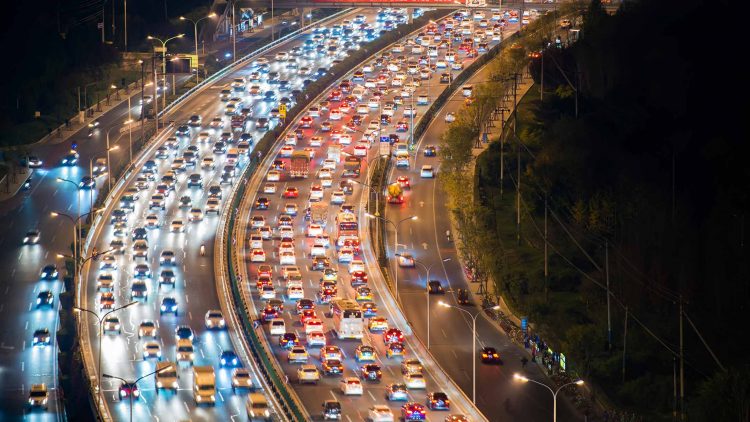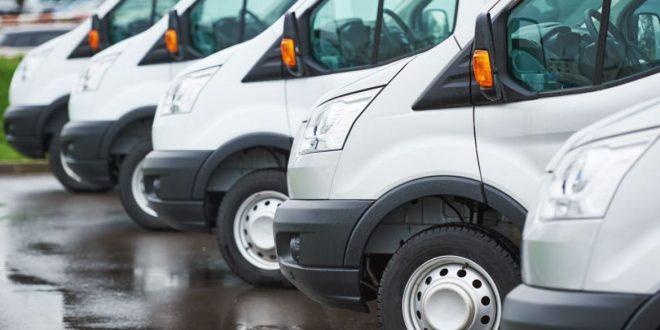What if one could travel from your home to your preferred destination using one route? This is among the visions microtransit turning into reality. It provides the rider with flexible transport options that best meet their daily needs. Microtransit isn’t a name new to this system. It has been around for decades but has been known by different terms such as flexible routing.
What’s Microtransit?
Microtransit demand-responsive transportation system. It works to meets the demand where it is. Unlike the regular public transportation that may work on schedules, microtransit’s schedules are nearly inexistence. Simply put, it goes wherever the demand is as it involves a real-time dynamic routing system that changes momentarily.
In the pursuit to achieve an efficient mobility-on-demand transport system, microtransit uses real-time and on-the-ground data to connect same destination travelers. With this, there’s an endless interchange of pick-up and drop-off for passengers in the same travel zone. Much said this system might be the future of the transportation industry.
Since it came into the realm in 2015, it has changed the transport system in various ways. Some of these reasons will be discussed below.

1. Dynamic Routing Technology
As mentioned, it works to meet the demand. For this, the microtransit providers adjust the regular routes and stop. These adjustments are seen in the creating of virtual bus stops. One can easily walk a few blocks from their home to a virtual bus stop rather than walk a mile longer to the usually designated stop. The technology in this system works with algorithms to make these adjustments possible.
As it would be expected, this flexible routing is serving areas with high demand, mainly the urban areas such as Washington DC. However, there are plans to advance this technology to reach the suburban areas and other parts where the demand is elastic.
To make this possible, the advanced and dynamic being made in their technology aims at licensing their algorithms to other public transport providers that service these low-density areas and other parts that are difficult to serve through the traditional form of transportation. For more details check https://sparelabs.com/.

2. Niche Service
Microtransit is transporting people in affinity groups. According to research, people feel more comfortable and prefer to travel with other people they share a common trait. These niches can be income levels, education, professional, and others.
Microtransit creates these patterns in different niches to connect like-minded riders while still serving more people with real-time data access. Targeting a specific group can meet transportation needs that most public transport agencies have failed to meet, time and again.
These patterns and groupings increase consumer choice. With increased means to get to B from A with comfort and convenience, the need to own a car may decline exponentially.

3. More Options
Microtransit is working as a comprehensive system; there’s something for everyone. As these companies’ technology and services progress, the cost and charges may not cut across all classes. There are some services like cold-pressed juices and WI-FI that may not be affordable to everyone.
However, like most airlines, microtransit is dynamiting ridesharing services at different classes and costs but still meeting their consumers’ satisfaction. These dynamics are showing massive success in decongesting the already congested cities.
What’s more, these options are seemingly effective in reducing the need to own a car. One can quickly get a ride when needed. The main challenge comes in regulating these services for the operators, advocates, and cities and leveraging the benefits to serve the greater good as time goes on.

4. More Riders
The lack of mobility-on-demand options in some cities has resulted in more traffic and road congestion. This is because most choose to own a car or two to get their daily duties done conveniently. With this, public transport demand may be low as everyone has their means to get to their destination. This results in low revenue that translates into poor services.
However, if there were an integrated system between the private and public transits, it would results in less car traffic and a more car-free lifestyle that most people might prefer. It works together with the public agencies to make this a reality. The number of cars on the road seamlessly reduces by producing a share mobility system for the greater public.
This car-sharing service for on-demand riders generates more fares for buses and trains, translating into better transport services.
5. Public and Private Partnerships

Microtransit has joined hands with the public sector to mater on-demand services. Since micro- is a somewhat self-sufficient service provider, it would seem more straightforward to license its services and work solely. However, that’s not the case or aim of these companies; they’re now working closely with the public sector to reach riders directly. The primary target for this is the suburban areas and those comminutes served by inefficient, traditional methods.
This close relation is targeted at offering a service better than the ‘dial-a-ride’ option. It seeks to meet the essential needs of transportation and flexible mobility that most public sectors have failed to meet.
This partnership is also conveyed to offer a first and last-mile connection by covering the gap. With the existing transit systems, long-haul trips have become more efficient in a cost-effective way.
Takeaway
Microtransit is focused on meeting consumer satisfaction. It’s providing more flexible on-demand transportation options that meet people in all classes. These options aim to serve a greater good by decongesting cities and reducing the need for car ownership. It results in more revenue that’s generated from the high demand for buses and trains. The revenue is then used to offer better services such as first and last-mile connections.
With their integrated technology, the companies can use real-time and on-the-ground data to group people from the same niche and provide comfort and familiarity. A partnership with the public transport sector targets riders in all areas, both urban and traditional. This partnership is affirming the ‘two heads are better than one notion.
 Hi Boox Popular Magazine 2024
Hi Boox Popular Magazine 2024



